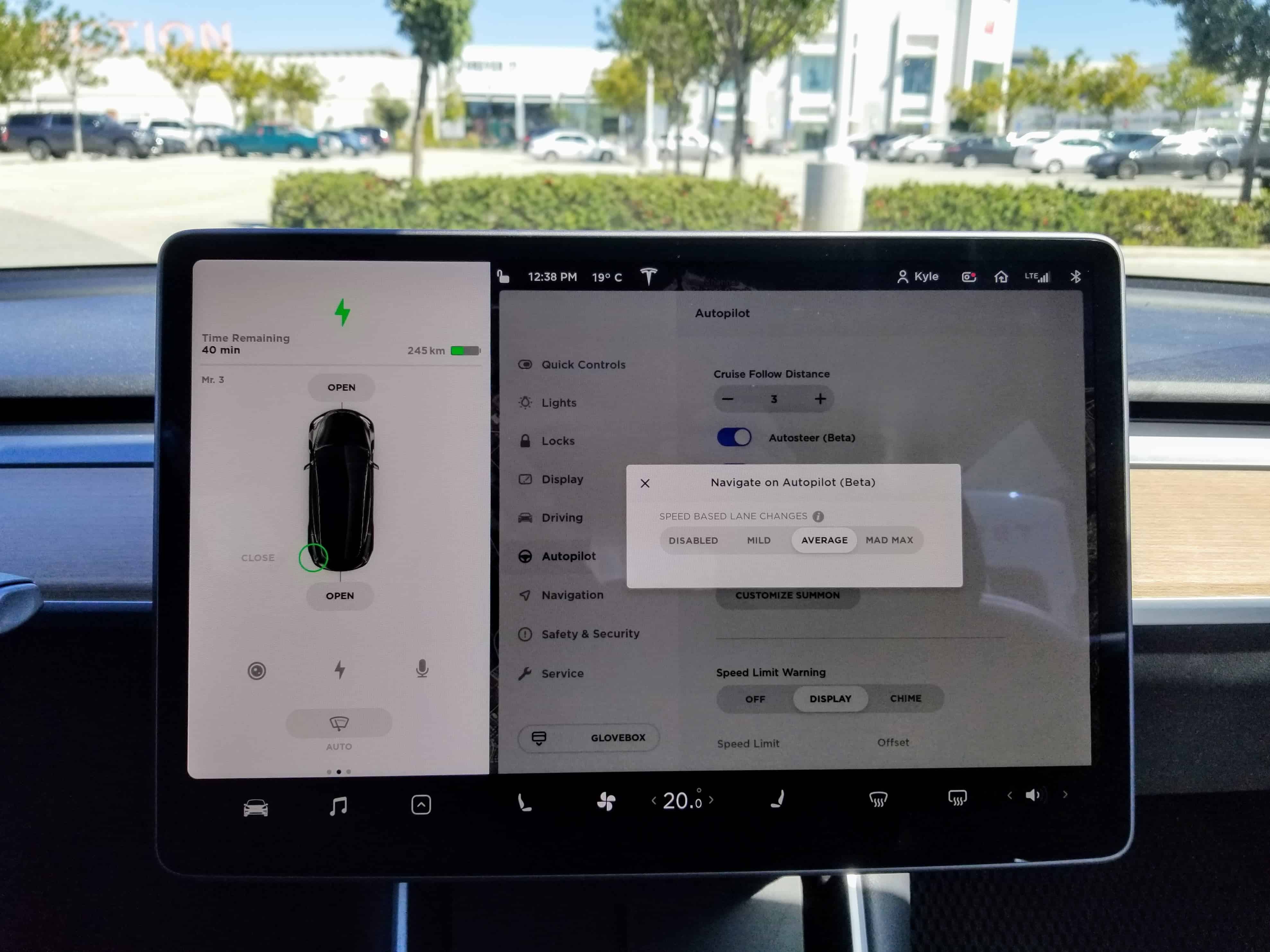
The race to fully autonomous vehicles is on. In April, Elon Musk declared that Tesla should have over a million level 5 autonomous vehicles manufactured by 2020. To clarify, that means over a million cars equipped with the necessary hardware capable of driving with no help from a driver. That’s contingent, of course, on the software being ready. In addition, government approvals will be necessary (read: mandatory) long before self-driving Teslas will be commonplace.
In addition, Musk also sparked some lively debate when he commented that Tesla will not be relying on lidar, the laser sensor technology that self-driving cars from many other companies (most notably Google’s Waymo) currently depend on for “seeing” lines on the road, pedestrians, and more.
According to Ars Technica, autonomous vehicle (AV) industry experts continue to be at odds over which tech approach will ultimately prevail.
“They’re all going to dump lidar,” Elon Musk said after showcasing Tesla’s self-driving technology earlier this year. “Anyone relying on lidar is doomed.”
“Lidar is really a shortcut,” added Tesla’s Autopilot lead Andrej Karpathy. “It sidesteps the fundamental problems of visual recognition that is necessary for autonomy. It gives a false sense of progress, and is ultimately a crutch.”
Meanwhile, Cornell researchers recently published a research paper that offered some support for Musk’s position on lidar. But Bharath Hariharan, a co-author of the Cornell paper, also hedged a bit when he told Ars Technica, “In general, combining multiple sensors is probably beneficial [too]… The more information you have and the more different ways you have of estimating depth, the better.”
For the tech-savvy crowd, Musk’s bold predictions for vehicle autonomy indicate exciting steps toward an inevitable future. However, the timeline to achieve that future, as always with Elon Musk, may be a bit too aspirational. Regardless, most of the public has yet to get on board with AVs. According to a recent AAA survey, three in four Americans who are aware of AVs are too scared to ride in one.
Some of that apprehension will likely dissipate as more of the public starts to interact, first-hand, with ever-improving driver assist systems like Tesla’s Autopilot. In turn, once they’re exposed, the idea of a fully autonomous future should begin to appear increasingly achievable over time.
In addition, education will help AVs gain wider appeal. Sure, most don’t need to know the granular technical details about how AVs operate, but some general knowledge of AVs can improve acceptance. The animated infographic below from The Zebra is a good place to start. It explains vehicle autonomy fundamentals (including lidar) for those hoping to grasp some of the basics surrounding self-driving cars.


